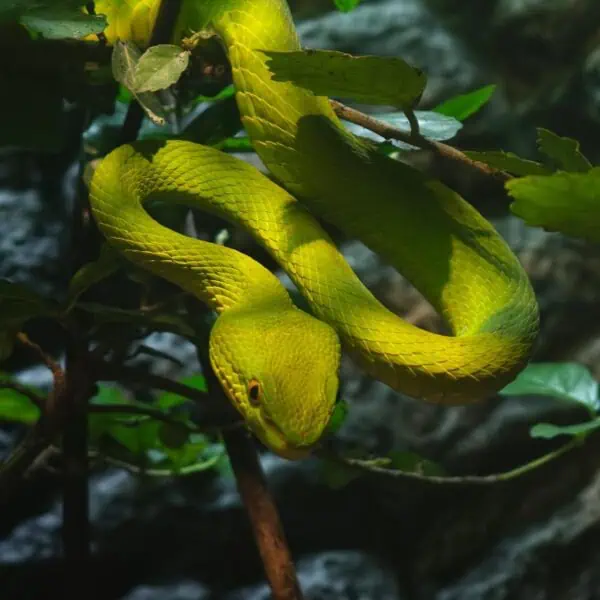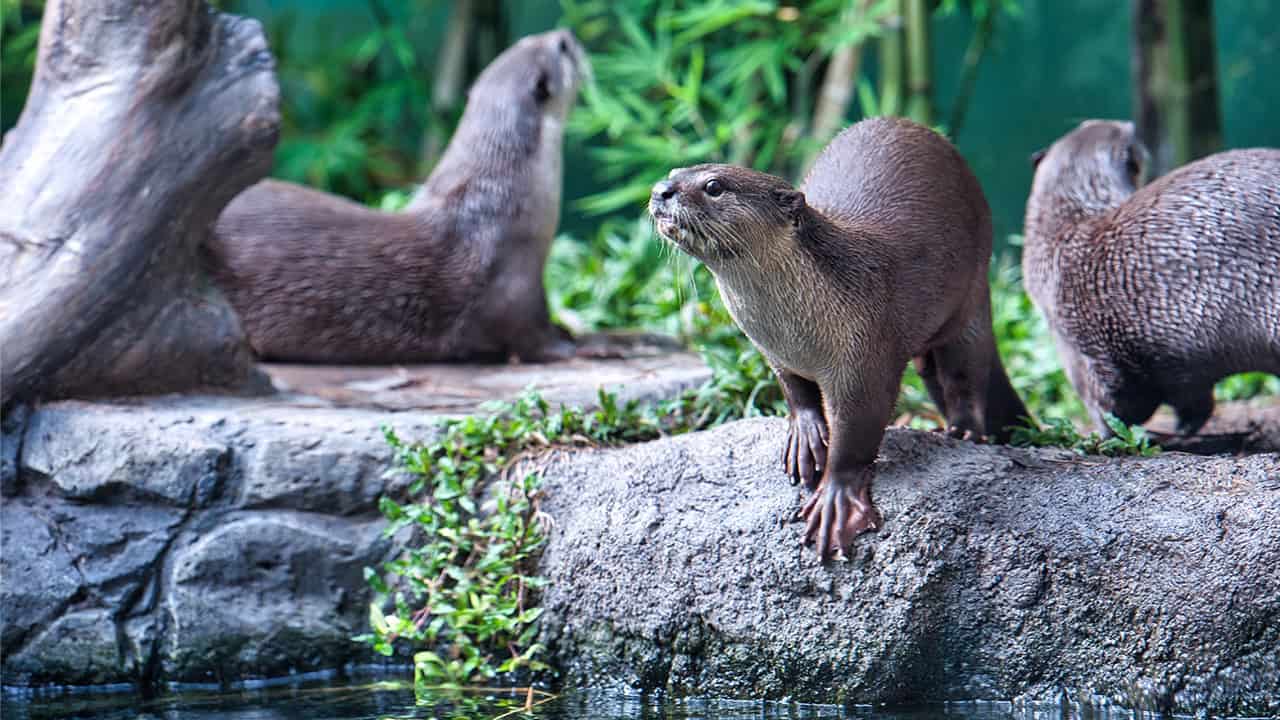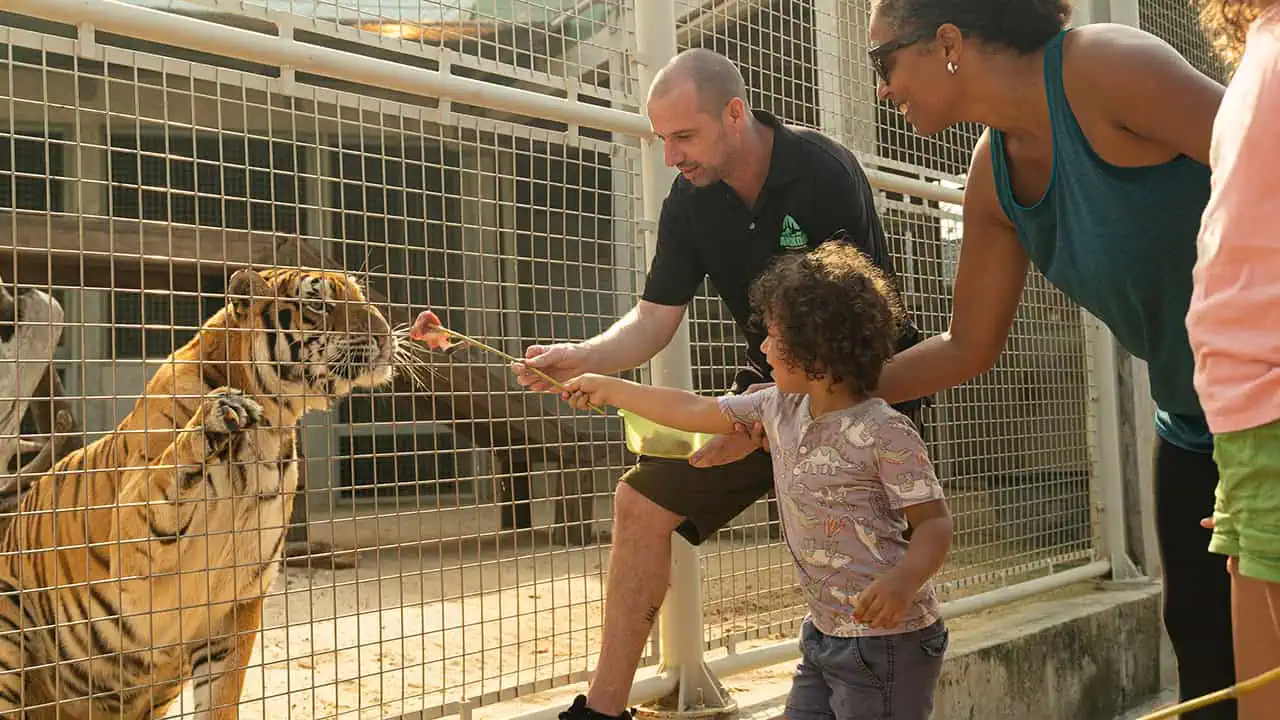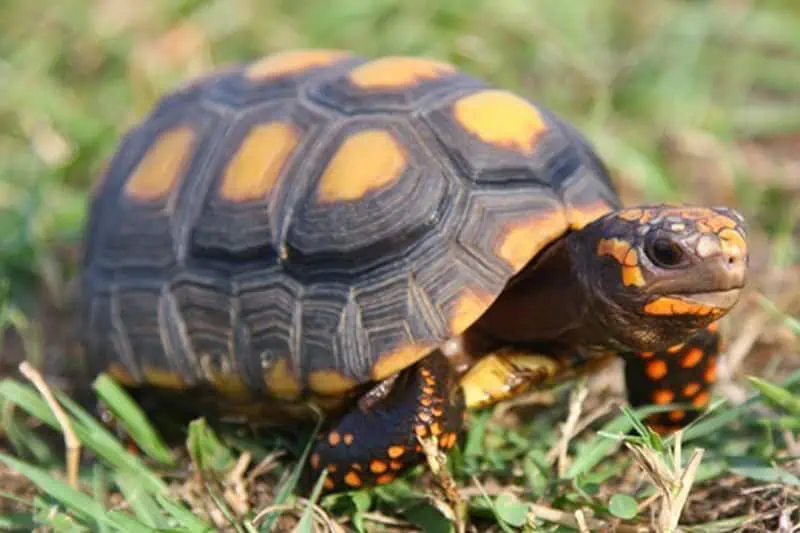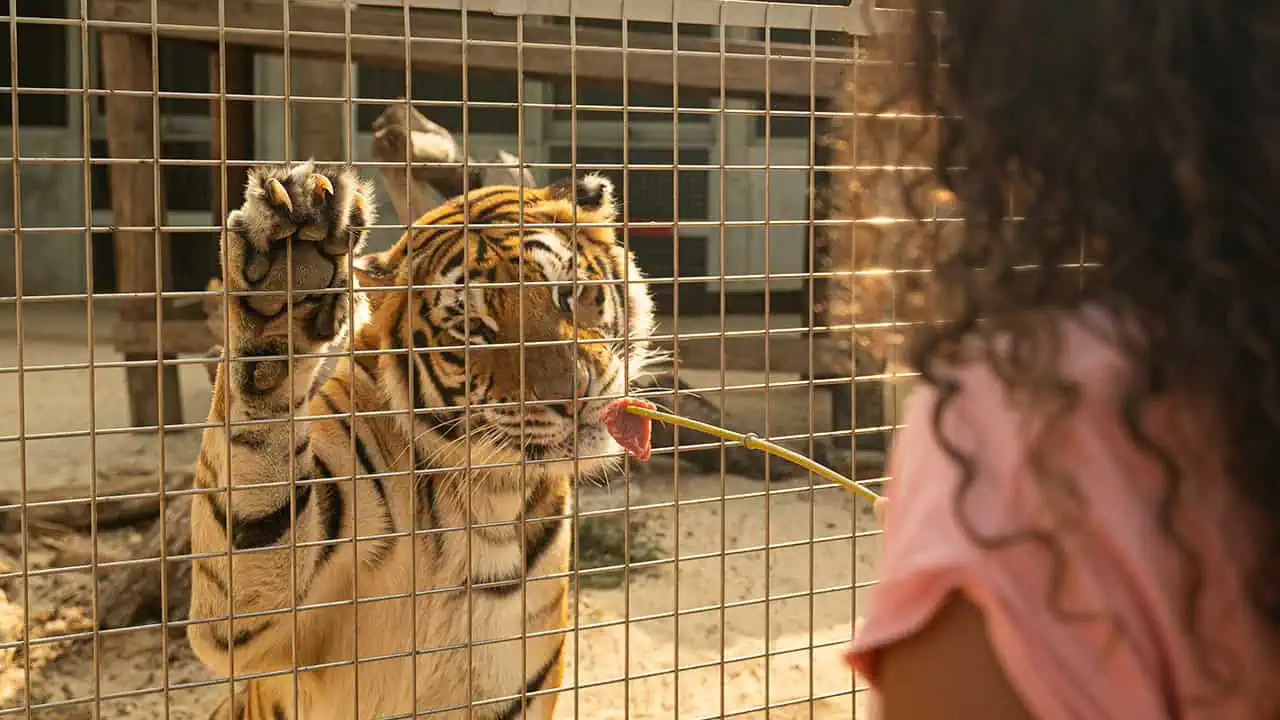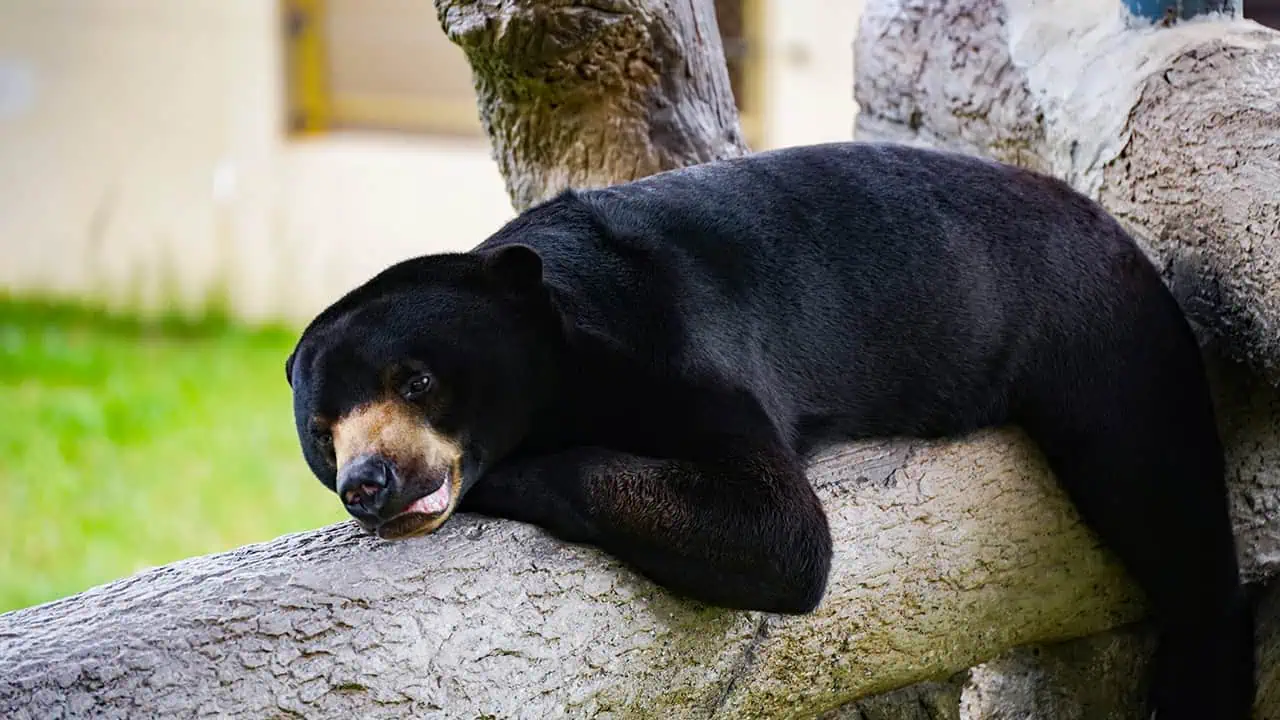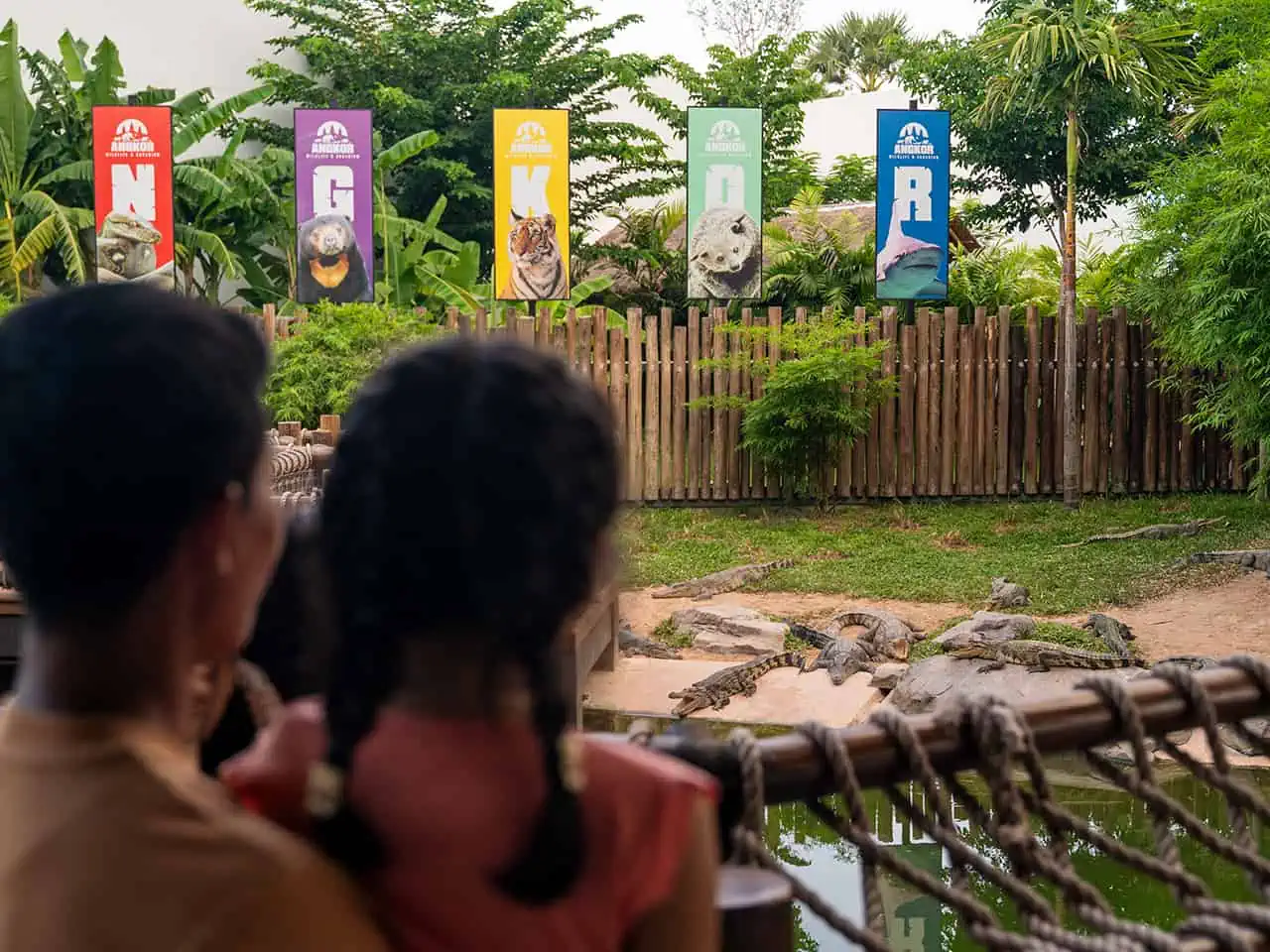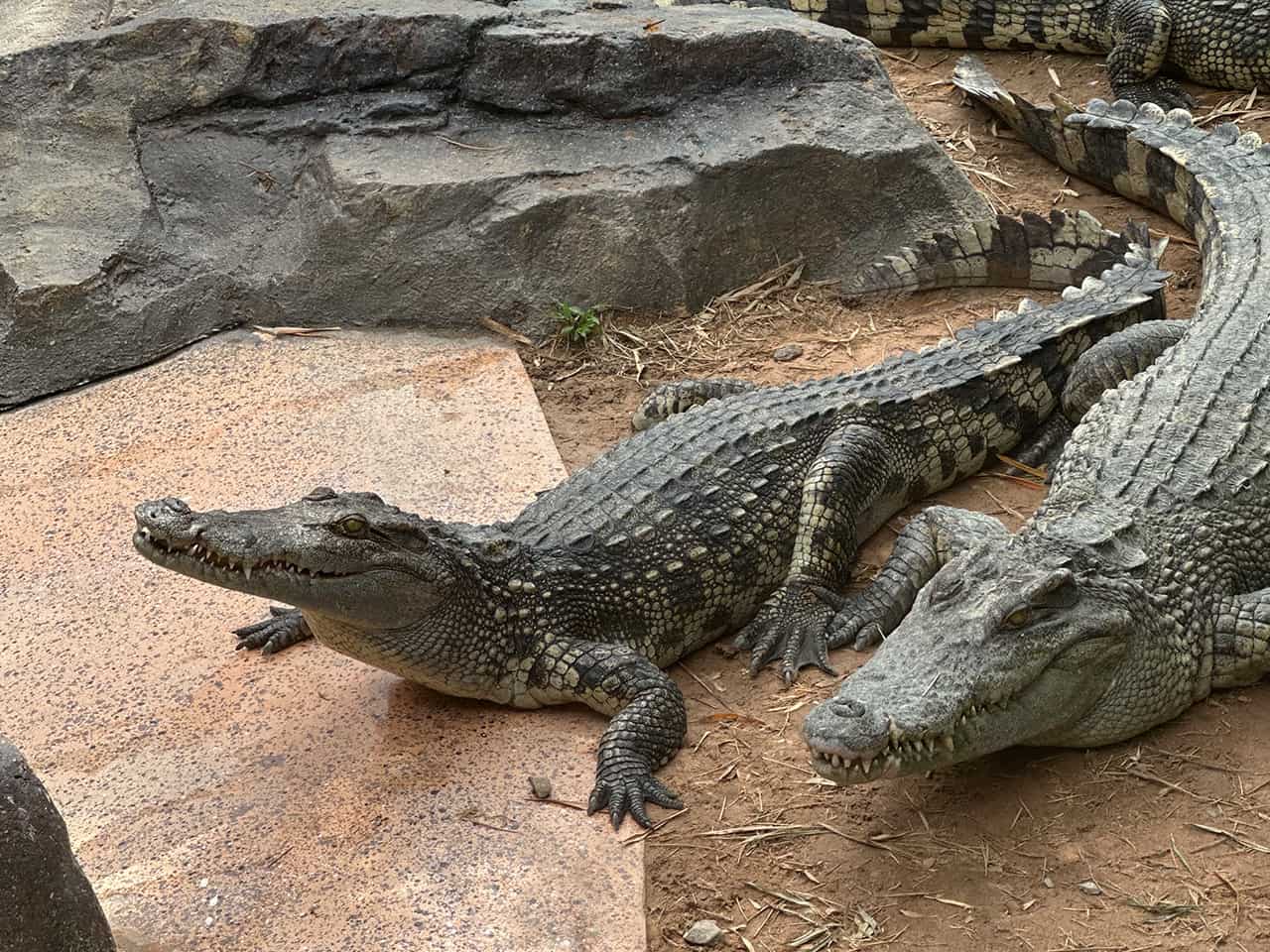Wildlife Animal Park
Welcome to our Wildlife Park, a sanctuary where an incredible array of animals find refuge and care. Our park is home to a diverse range of species, including some that have been rescued, legally acquired, and generously donated by wildlife NGOs.
At our park, we go beyond simply showcasing these magnificent creatures in cages. We prioritize their well-being by providing them with proper nutrition and healthcare. Our dedicated team ensures that every animal receives the utmost care and attention, allowing them to thrive in a safe and nurturing environment.
As adventurers explore our Wildlife Park, they have the unique opportunity to learn about the important roles each animal plays in biodiversity and the ecosystem. Discover the fascinating connections between predator and prey, the symbiotic relationships that exist, and the delicate balance that these animals contribute to the natural world.
We believe that by fostering a deeper understanding and appreciation for these remarkable creatures, we can inspire a sense of responsibility towards wildlife conservation. Join us on this educational and awe-inspiring journey through our Wildlife Park, where you can witness the wonders of the animal kingdom and gain a profound understanding of the significance of their roles in our world’s delicate ecosystem.
Wildlife Exhibits:
A Journey Through Diverse Ecosystems
Step into a captivating world within our expansive Wildlife Exhibits in Cambodia, the core of the Angkor Wildlife & Aquarium experience. This captivating area provides a deeply engaging experience, showcasing a magnificent collection of animal species from diverse ecosystems across Asia and beyond. You will wander through thoughtfully designed, naturalistic enclosures, observing everything from towering giraffes gracefully navigating their savannah to playful primates swinging through lush trees. Our commitment to animal welfare is evident in every habitat, where we provide optimal conditions for our residents. These wildlife exhibits offer unparalleled opportunities for up-close viewing and a deeper understanding of animal behaviour, inspiring a greater appreciation for global biodiversity. Discover remarkable creatures and their vital role in the natural world.
Reptile House
Step into the fascinating world of reptiles as you enter our Reptile House. A haven for these extraordinary creatures, our facility showcases a diverse collection of reptiles from around the globe. From slithering snakes to scaly lizards, prepare to be captivated by the beauty, diversity, and unique adaptations of these remarkable reptilian residents.
Crocodile Park & Shows
Step into the exhilarating Crocodile Park & Shows at Angkor Wildlife & Aquarium. This dedicated zone offers an unparalleled opportunity to observe these ancient reptiles up close in a safe and captivating environment. You will be mesmerized by the sheer power and presence of various crocodile species, from the mighty saltwater crocodile to smaller, equally fascinating crocodilians. Our expert handlers provide captivating educational presentations and thrilling live demonstrations. These incredible crocodile shows in Cambodia are not just entertaining; they are specifically designed to educate visitors about the vital role crocodiles play in their ecosystems and the importance of their conservation. Witness powerful feeding displays and gain unique insights into their biology.
The Expansive Aviary Park: Immerse Yourself in Birdlife
Step into the breathtaking Aviary Park in Cambodia at Angkor Wildlife & Aquarium, a truly immersive experience for bird enthusiasts. This expansive, walk-through aviary allows you to wander freely among hundreds of vibrant, free-flying birds from diverse ecosystems, including many native Cambodian species. You’ll be captivated by the symphony of calls and the flash of brilliant feathers as these magnificent creatures soar above and around you. Our aviary park provides a unique opportunity for up-close encounters, fostering a deeper appreciation for avian life and its delicate balance. Learn about different species, their habitats, and our conservation efforts to protect them in an unforgettable, interactive environment. It’s an unparalleled chance to connect with the winged wonders of the world.
Photo Gallery
Other Wilflife Animals

Asian Forest Scorpion
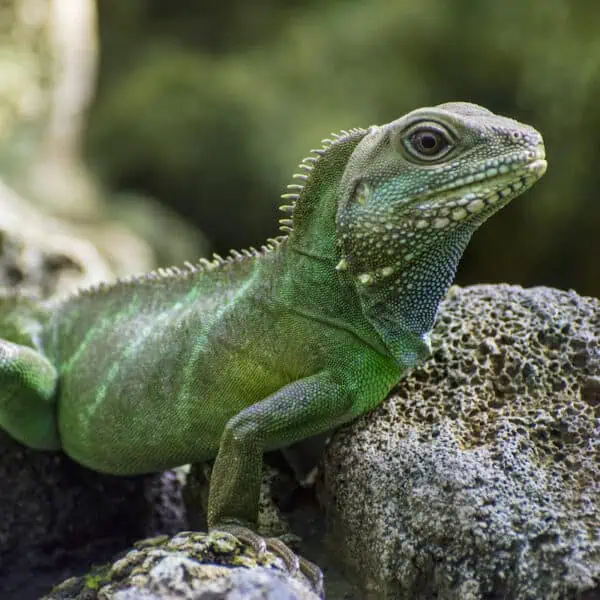
Asian Water Dragon
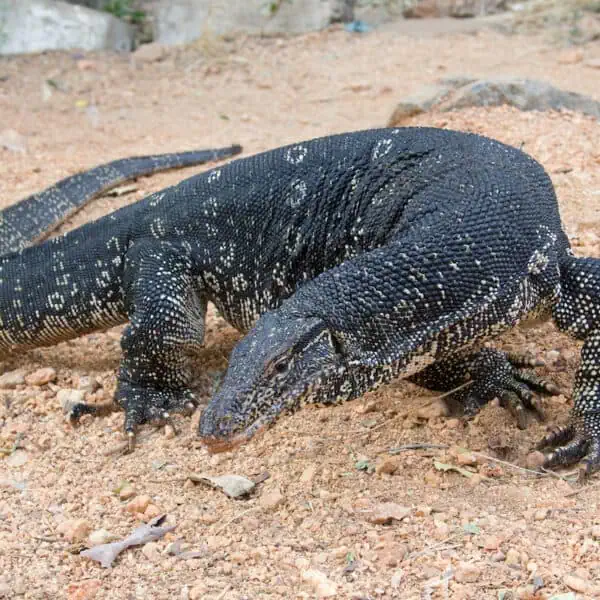
Asian Water Monitor
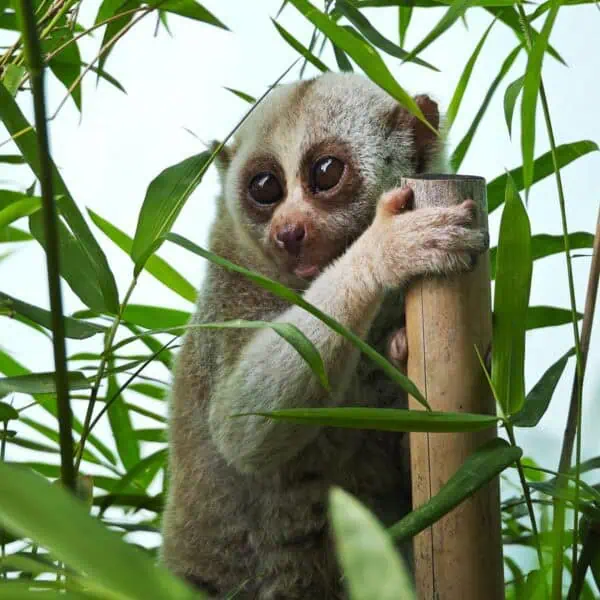
Bengal Slow Loris

Bengal Tiger

Binturong
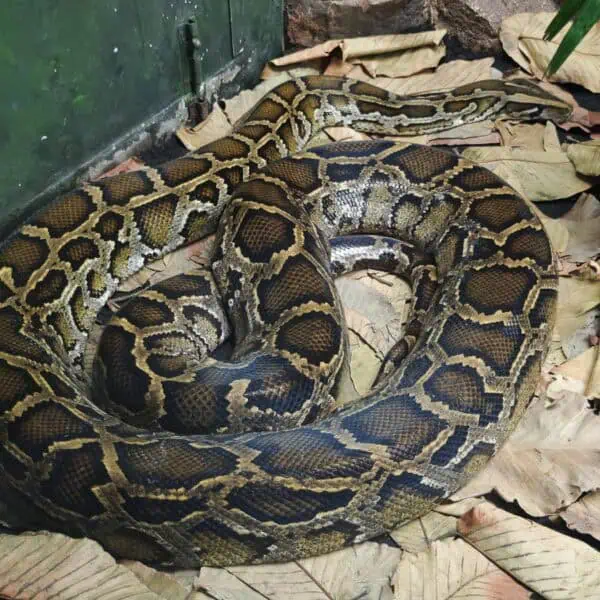
Burmese Python
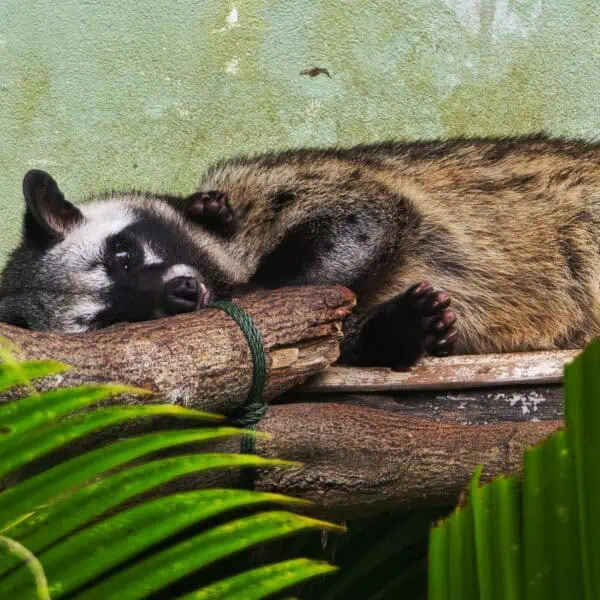
Common Palm Civet

Earth Tiger Tarantula
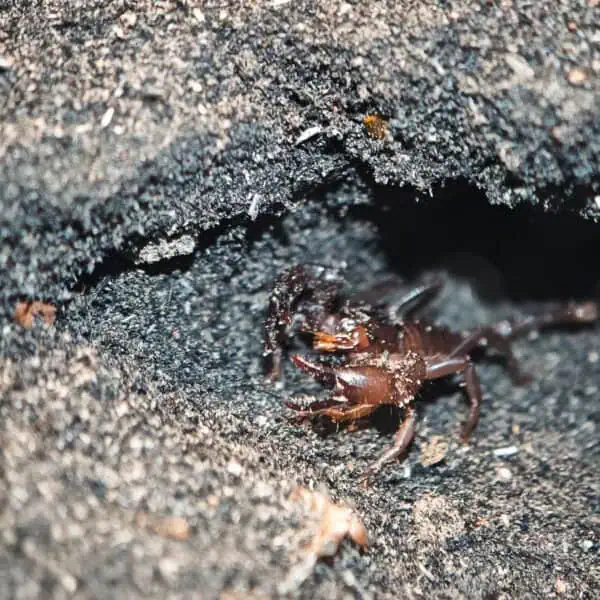
Giant Forest Scorpion
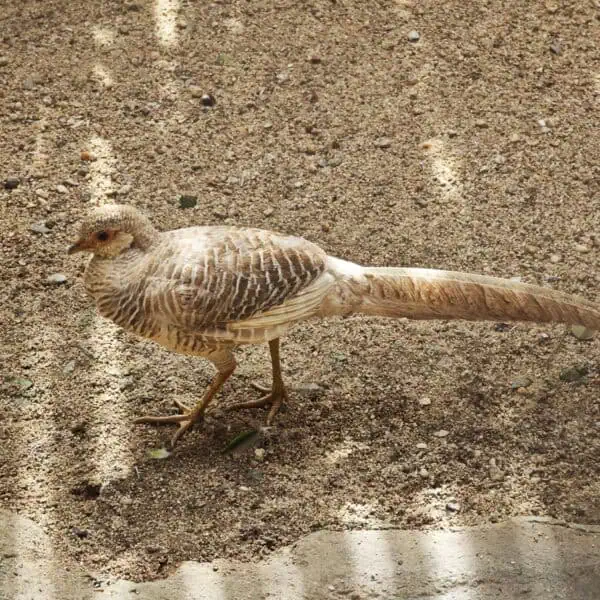
Golden Pheasant
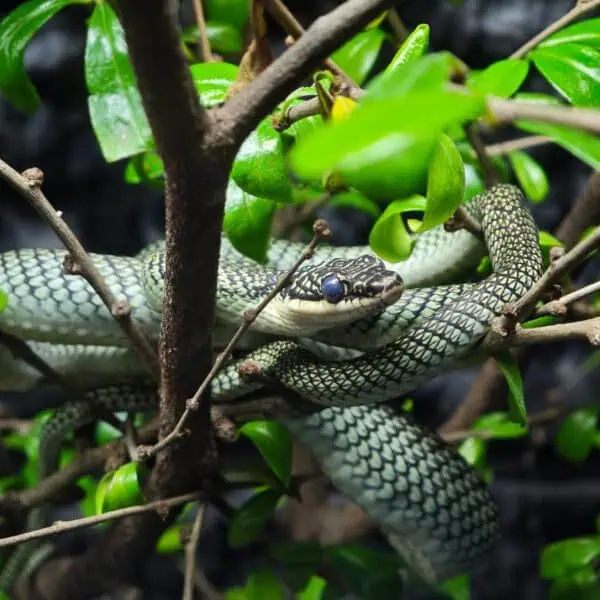
Golden Tree Snake

Green Cat Snake
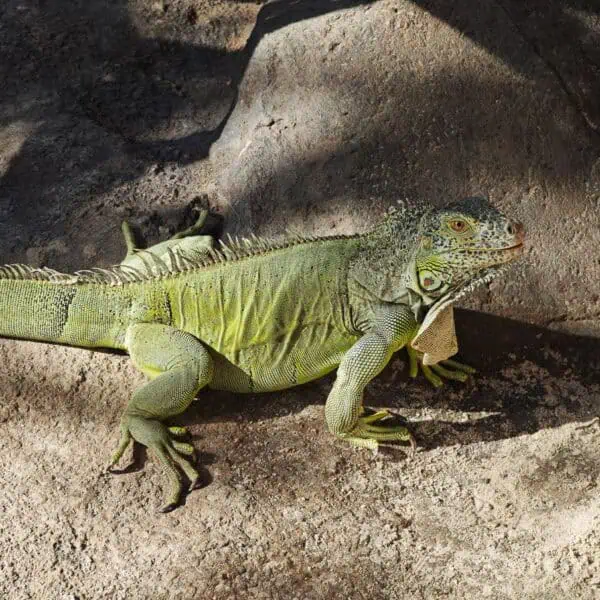
Green Iguana
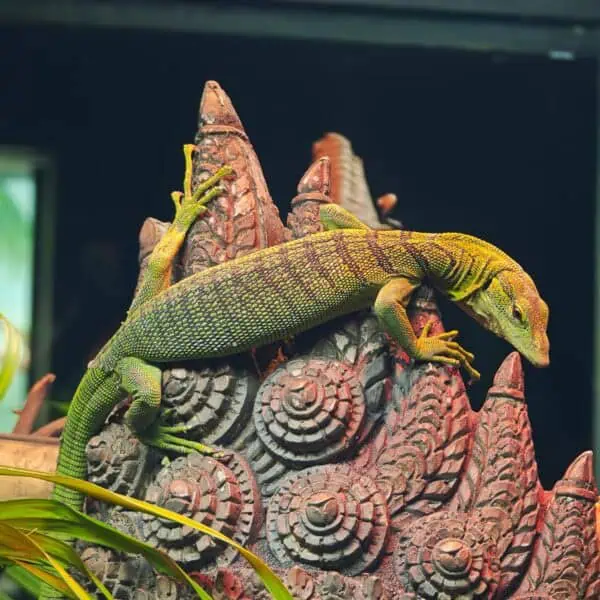
Green Tree Monitor Lizard

Green Tree Viper

Hill Myna

King Cobra
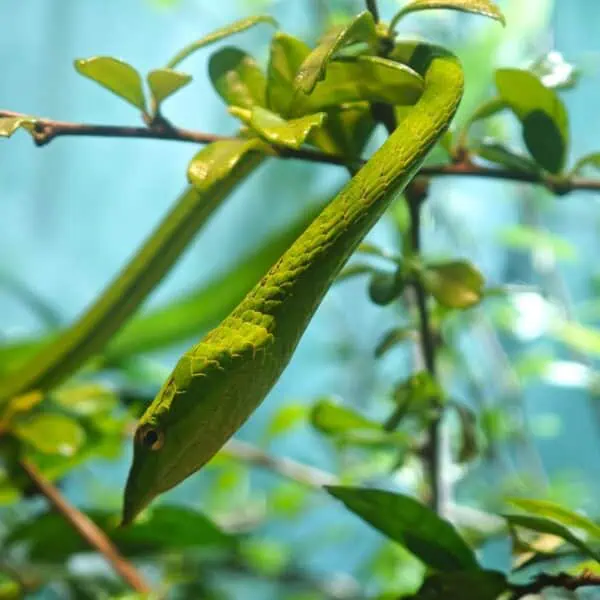
Long Nosed Vine Snake
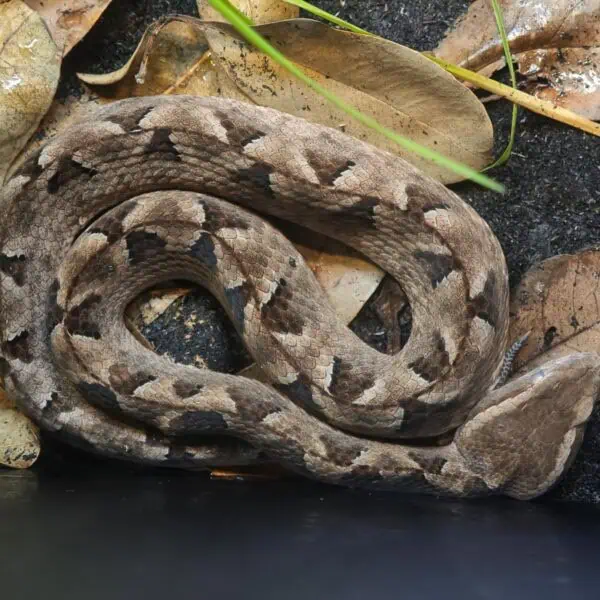
Malayan Pit Viper
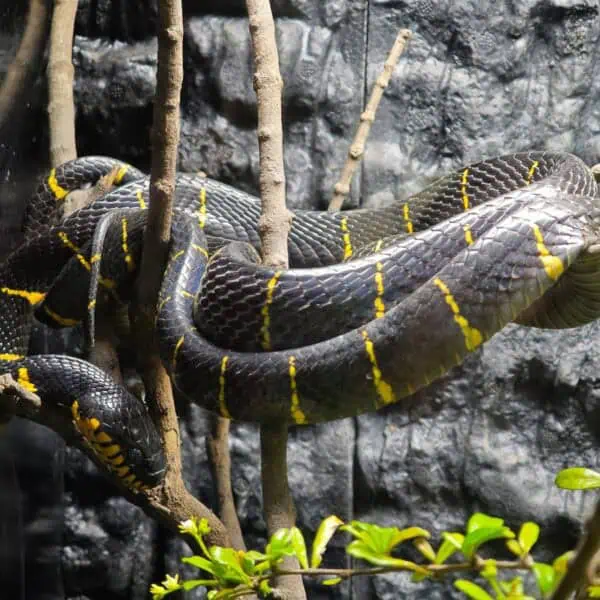
Mangrove Snake

Monocled cobra

Painted Bronzeback Tree Snake

Pig-nosed Turtle

Porcupine
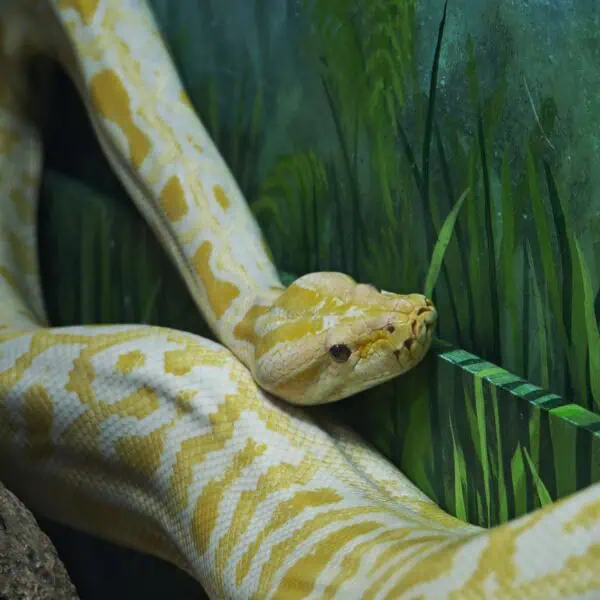
Python

Red-Breasted Parakeet
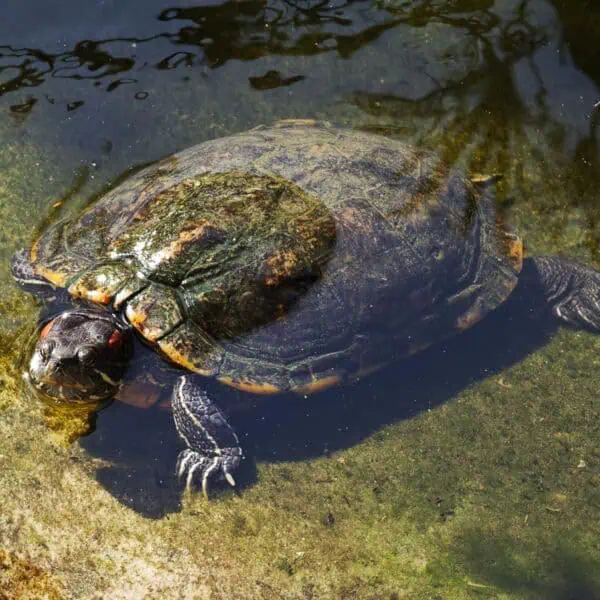
Red-Eared Slider
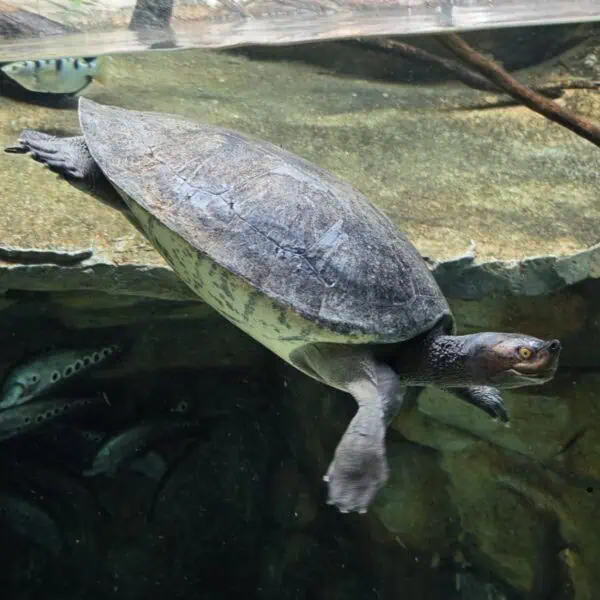
Royal Terrapin

Siamese Crocodile
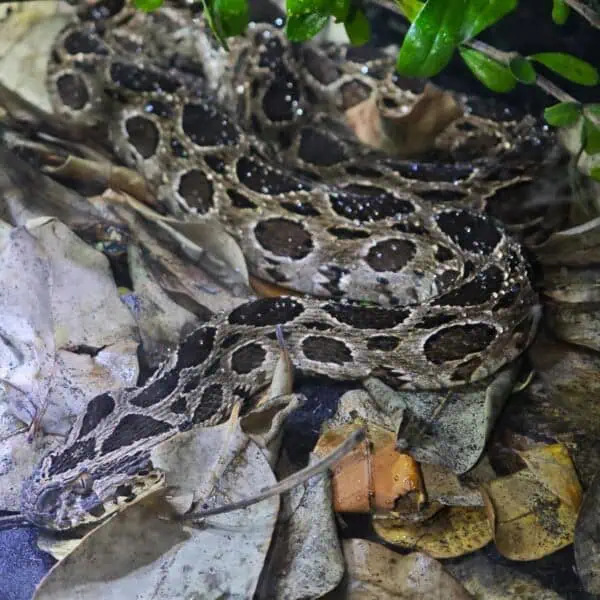
Siamese Russell’s Viper

Smooth Coated Otter

Sun Bear
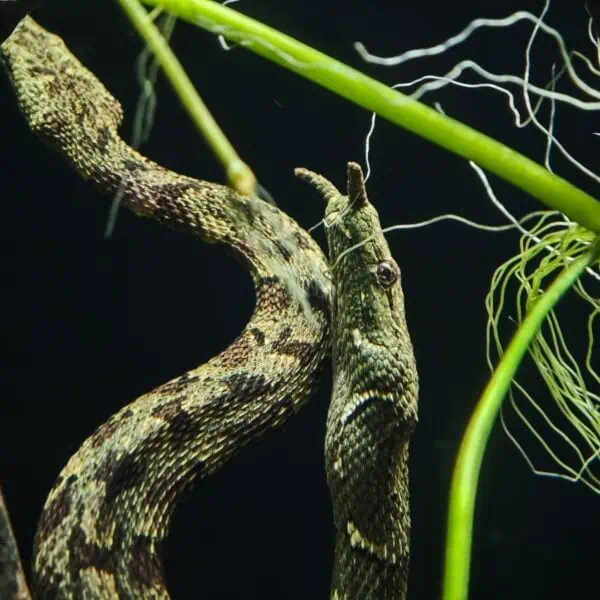
Tentacled Snake
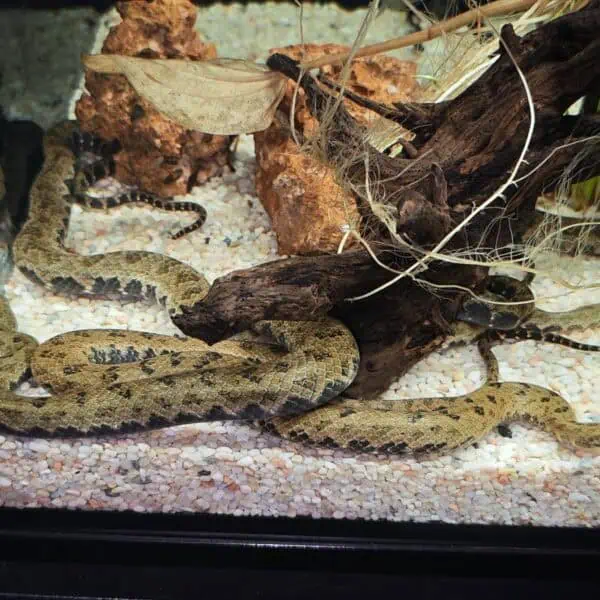
The Tonle Sap Water Snake
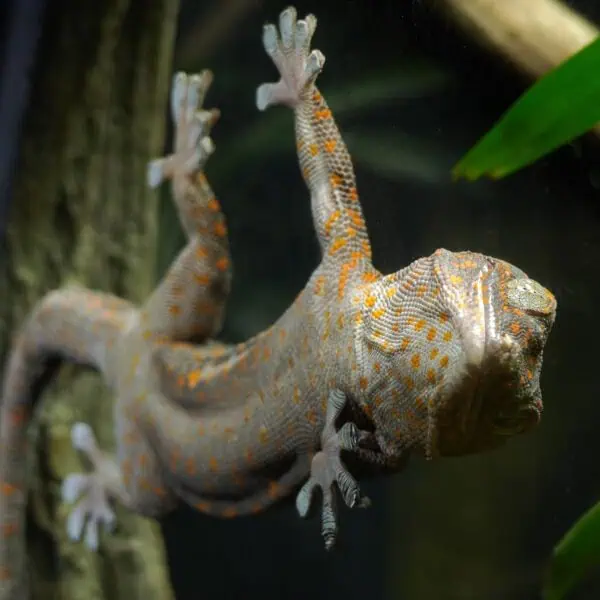
Tokay Gecko

Vine Snake

Vinegaroon
